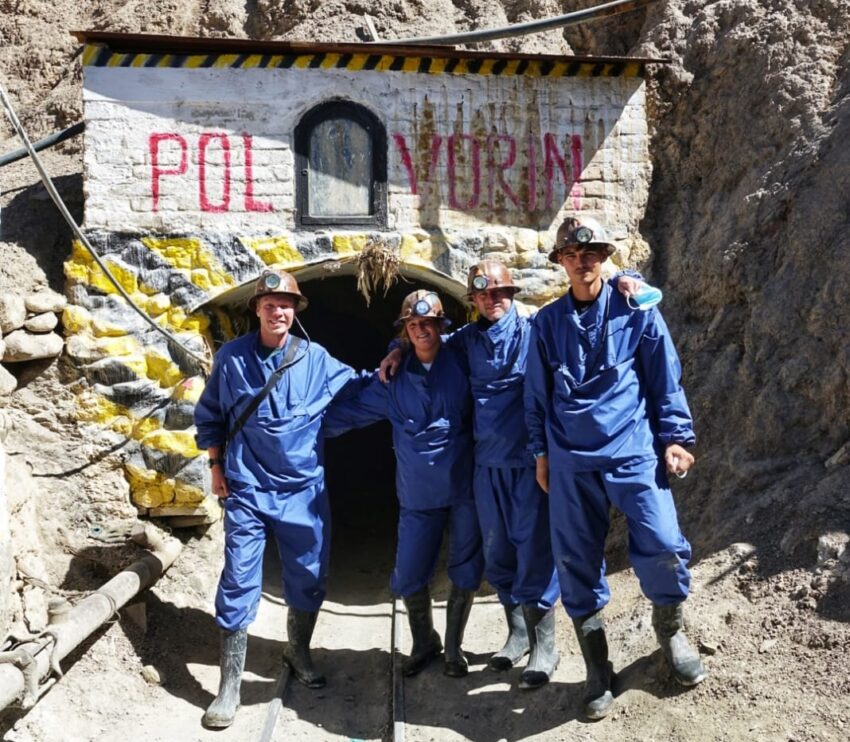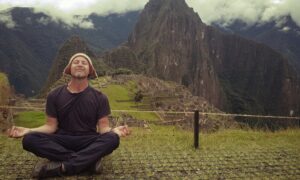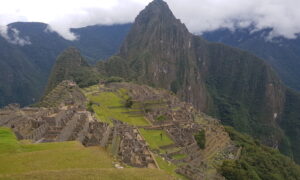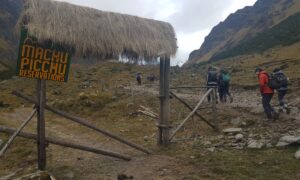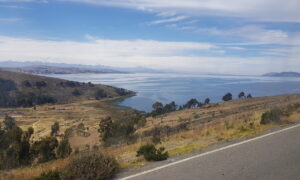After the Uyuni tour, a few of us asked to be dropped off at the bus station to head to our next stop. I was joined by Jip and Tim, a Dutch couple who toured in one of the jeeps in our company, and Romain, the French guy in my jeep. We made it just in time for the bus to Potosi, which left 30 minutes after our tour driver dropped us off.
Arriving at the Potosi bus station on the outskirts of town, we still needed to find a way to the centre. Opting to share a taxi since there were four of us, we headed to the centre, discovering a surprisingly pleasant colonial town square. On foot, we began wandering around in search of a place to stay. Passing a rather eccentric foreigner who seemed either drunk, high, or just crazy, he recommended a travel company for a mine tour and a place to stay. With no better suggestions, we checked out his recommendation – a charming colonial building. It looked cosy, so we decided to stay there. Romain and I took a twin room, and the couple took a double.
Potosi is a mining town rich in history, serving as the source of about 80% of the world’s silver during the era of Spanish colonialism. Even today, Potosi plays a vital role in Bolivia’s economy. Beyond its well-preserved colonial town centre, Potosi is a popular travel stop due to its mines, where one can take a tour inside a working mine. After checking in, we ventured out to find a tour company for a mine visit the next day. It turned out the eccentric tourist had some decent recommendations, as the tour company he suggested was run by a very friendly local lady who instantly charmed us into booking a tour with her.
Early the next morning, we arrived at the office, we were shoved into overalls and hardhats, and hopped on a minivan to the mine. The tour seemed quite informal as there was no tour office or reception at the mine. We simply arrived at the mine entrance with some “gifts” in the form of energy drinks and coca leaves. Our tour guide simply greeted a few people on the way in and stuffed a cooldrink into their hands. It felt somewhat shady, but we were told that the money paid to our guide goes to a workers’ union, which distributes it as needed to address certain issues. It was unclear whether the money genuinely improved conditions in the mine or if our gifts were mere bribes.
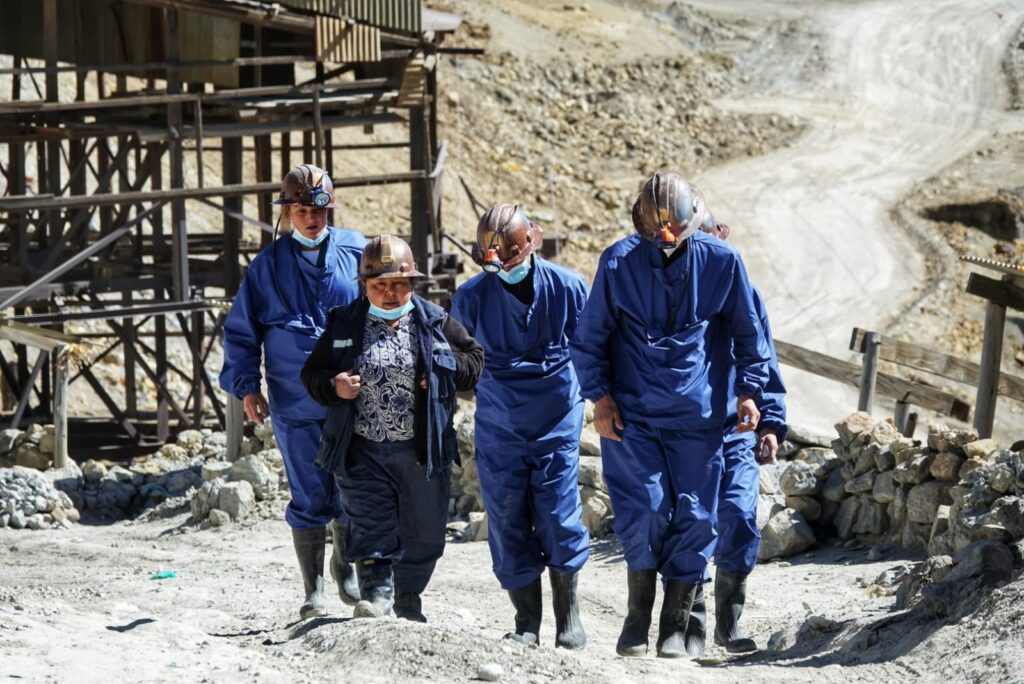
Reaching the mine entrance, we received a last-minute briefing and prepared our headlamps. Passing many miners on our way in, we tried not to hinder their work as they transported wagons of rocks. The darkness descended quickly, taking a while for our eyes to adjust. Initially, we could only see in the little circle where our torches were directly aimed at. Occasionally, we had to jump out of the way as we heard sudden rumbles of wagons rolling in, and our guide scrambled to ensure our safety.
As we descended into the depths of the mine, we occasionally passed small, barely human-sized holes leading to further tunnels. It was a true maze inside, and we were told there was no official map of the mine, which was hard to believe given the need for safety during the digs.
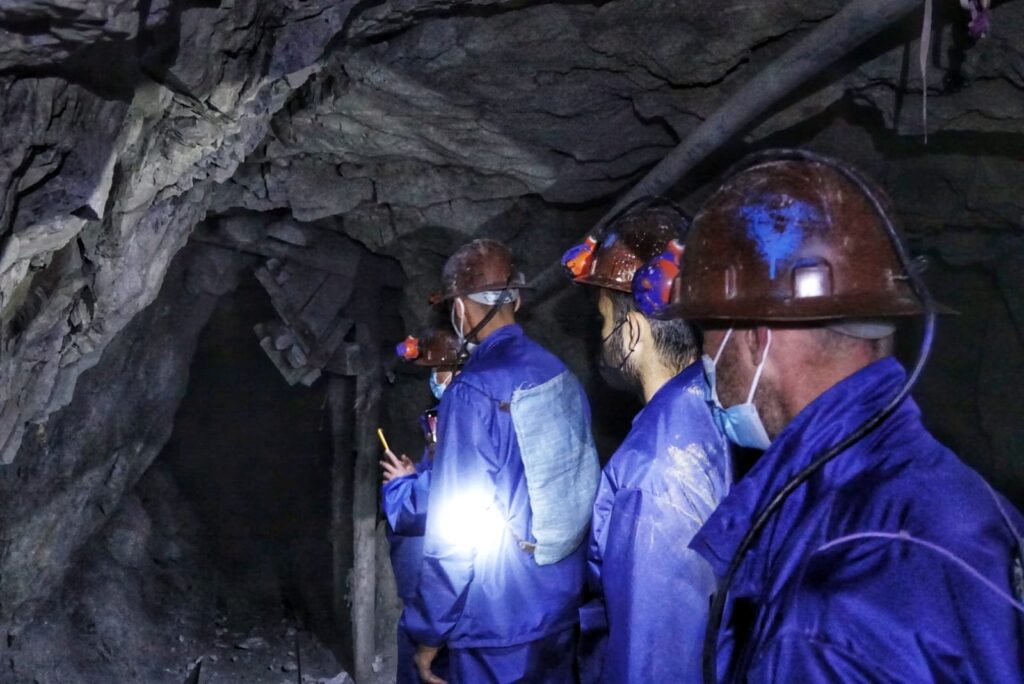
At one point, we descended down a hole that eventually led to a dead end, where we found three miners sitting, preparing dynamite. Each had specific roles, with more crucial tasks handled by senior workers. The youngest of the three was only 19 years old. Though, it turns out that’s pretty senior already, since there are people as young as 16 working in the mine. After watching the dynamite preparation for a while longer, we headed out.
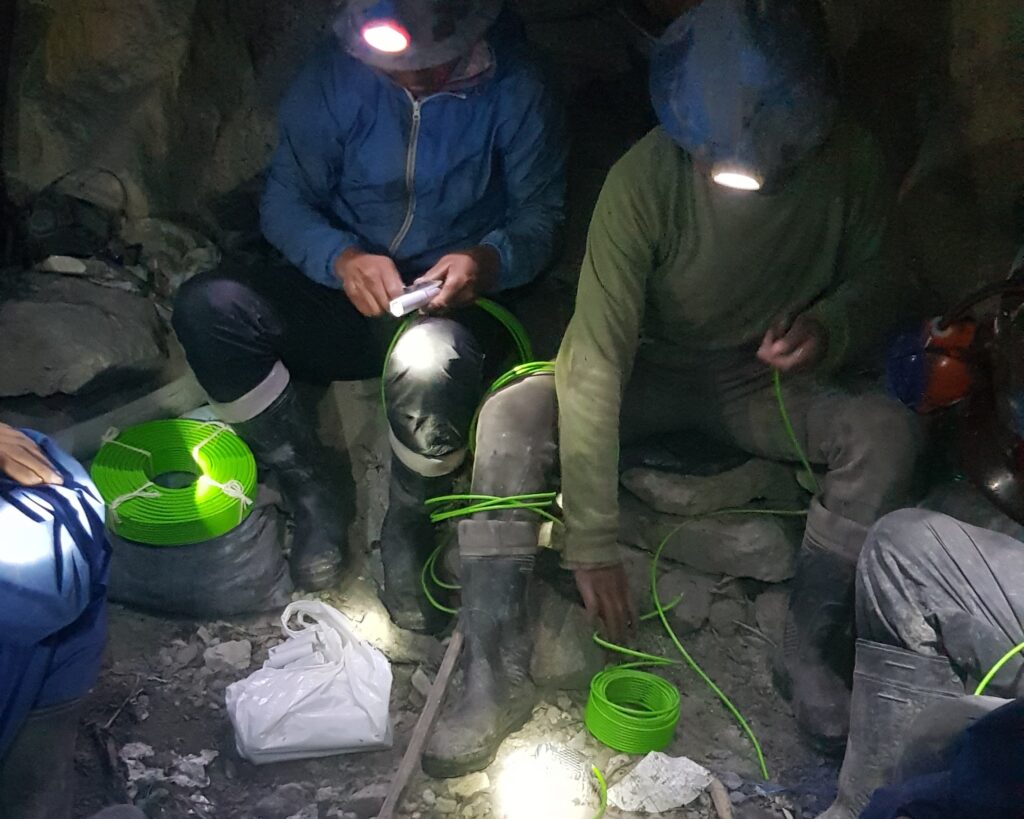
Overall, the mine tour provided an eye-opening experience, shedding light on the arduous conditions miners endure – enduring long hours, receiving minimal wages, and grappling with the enduring effects of prolonged exposure to such harsh environments. Reports painted a grim picture, indicating low life expectancy and a substantial risk of death, with approximately 50 individuals out of every 3000 facing this peril annually. These stark statistics underscored the inherent dangers of the profession. Despite these perilous conditions, some of Potosi’s inhabitants, who have known no other way of life, persist in working in the mines. This persistence, despite the risks and hardships, offers a poignant insight into the socio-economic dynamics of the community and the complex factors that drive individuals to continue this perilous work generation after generation.

